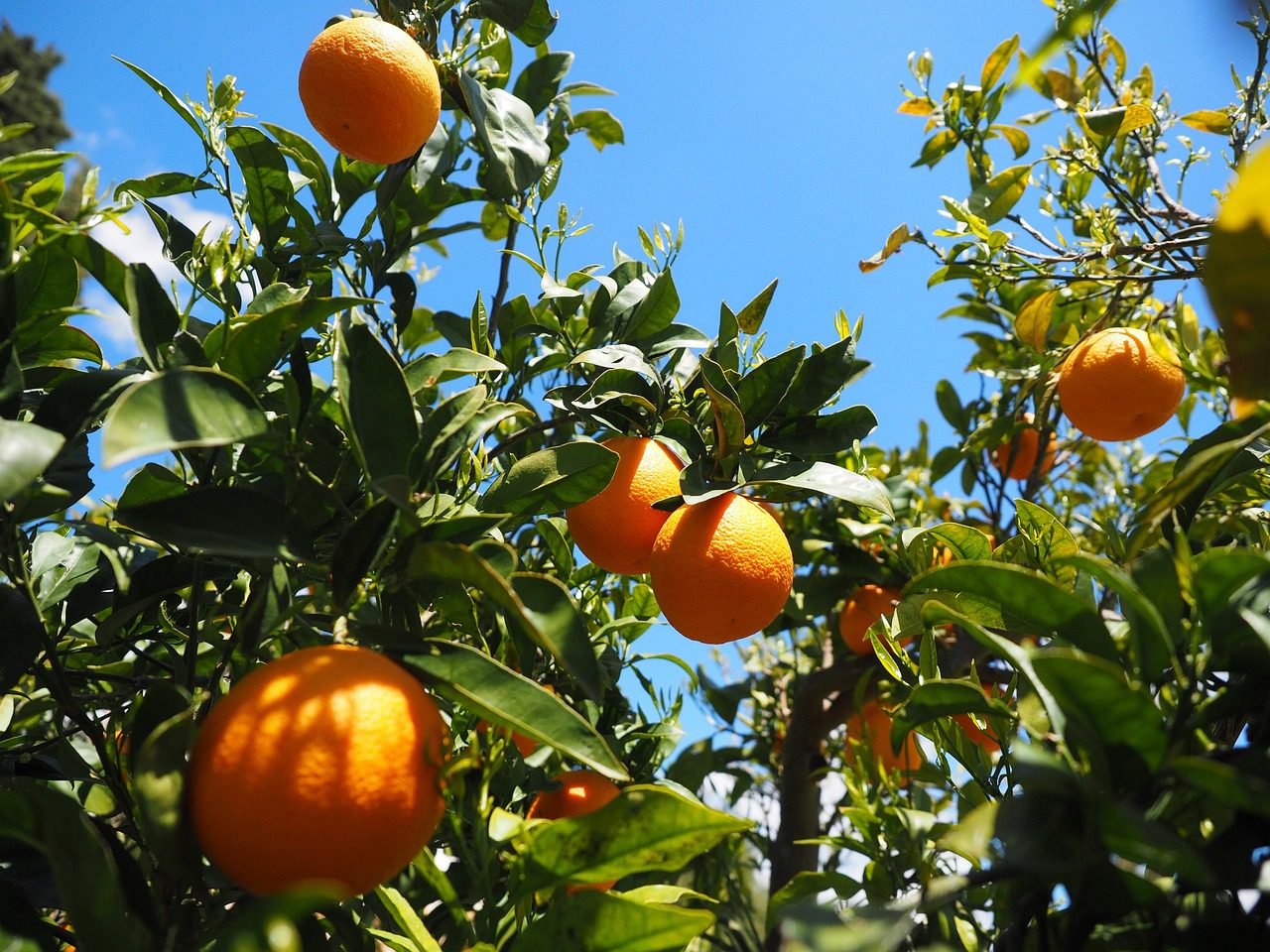UF/IFAS researchers have utilized a fungal pathogen as an environmentally friendly option to target Asian citrus psyllids (ACPs).
Controlling Asian citrus psyllids (ACPs), the vector that spreads citrus greening, is one avenue for combating citrus greening, also known as HLB. Current ACP management consists of applying non-selective insecticides, which also targets beneficial insects. Researchers with the University of Florida Institute of Food and Agricultural Sciences (UF/IFAS) have published the results of a study into a fungal pathogen, Cordyceps javanica, which show the pathogen can be used as an environmentally friendly control option, according to a Citrus Industry article. See the details below.
Fungal Pathogen vs. Asian Citrus Psyllids
According to the article, the fungal pathogen was “discovered by research scientist Lance Osborne in the mid-1980s.” The pathogen grows “in bead-like strands across citrus leaves, attaching themselves to the body of HLB-spreading Asian citrus psyllids (ACP). They germinate and infect the psyllids, effectively lowering pest numbers by up to 90%. The fungus sustains itself and its impact on the psyllids for two full weeks after its application,” according to the article.
In the study, researchers sprayed the pathogen on citrus trees, along with a white oil. Another group of trees were sprayed with a biorational insecticide, spinetoram. The pathogen mixture suppressed psyllid populations up to 90 percent. While the spinetoram controlled 100 percent of the psyllid population, it also killed beneficial insects.
“What the growers need is an integrated pest management program to mitigate the psyllid populations, minimize the input of non-selective insecticides, and preserve the lady beetles, lacewings and parasitic wasps that are the psyllid’s natural enemies,” said Pasco Avery, a UF/IFAS Indian River Research and Education Center scientist in Fort Pierce and one of the researchers in the study.
“The fungus C. javanica is compatible with the environment, the psyllid’s natural enemies, and it suppresses psyllid populations that vector the pathogen associated with the citrus greening disease. We recommend it as part of citrus growers’ integrated pest management strategies,” Avery added.

